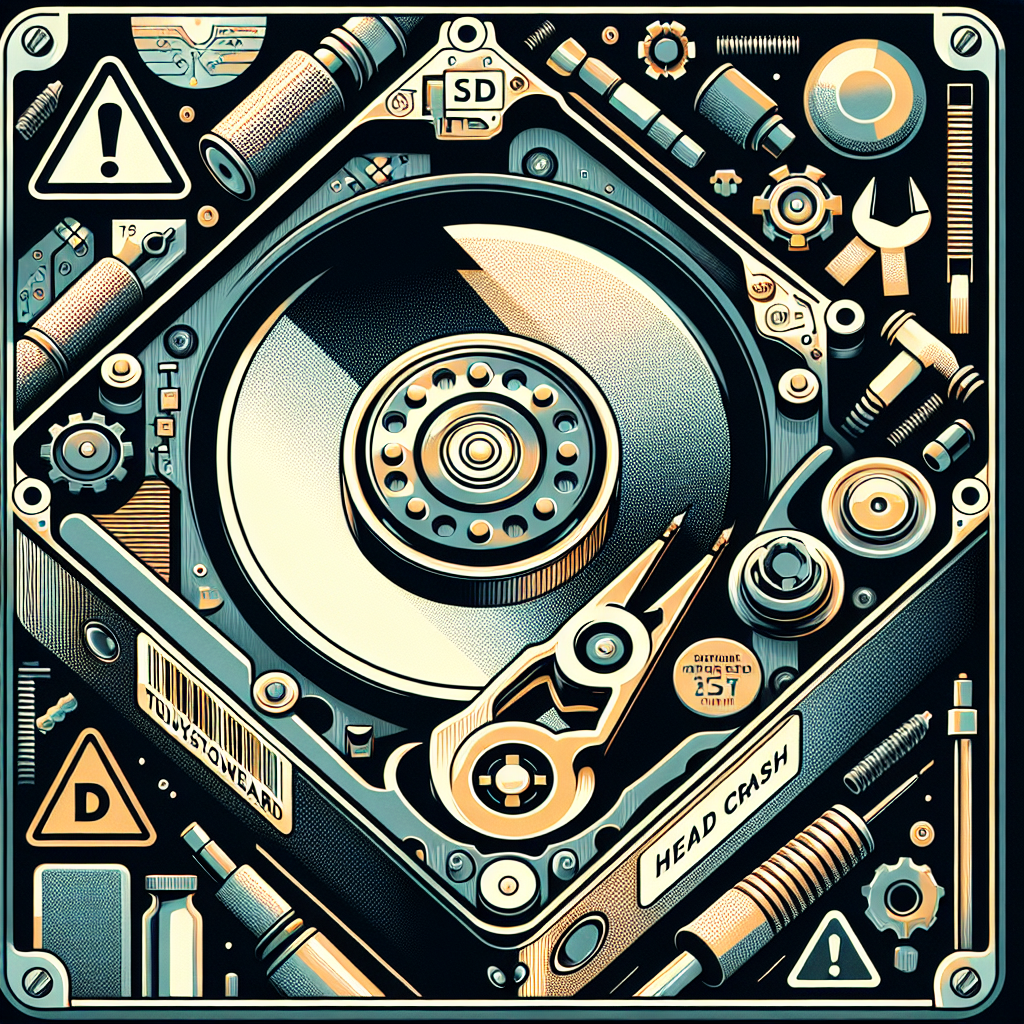Read-write heads are crucial components of a hard drive that allow data to be read from and written to the disk. When these heads encounter issues, it can result in data loss or even complete drive failure. In this article, we will discuss some common read-write head issues and how to troubleshoot them.
One common issue that can occur with read-write heads is physical damage. This can be caused by a drop or impact to the drive, resulting in misalignment or even scratches on the heads. If you suspect physical damage to the heads, it is best to seek professional help from a data recovery specialist. Attempting to fix physical damage yourself can further harm the drive and lead to permanent data loss.
Another common issue with read-write heads is electronic failure. This can be caused by power surges, overheating, or other electrical issues. If you suspect electronic failure, try connecting the drive to a different computer or using a different power source to see if the issue persists. If the drive is still not functioning properly, it may be necessary to replace the read-write heads or seek professional help.
In some cases, read-write heads can become dirty or contaminated, leading to read/write errors. To troubleshoot this issue, try using a soft, lint-free cloth to gently clean the heads. Be careful not to apply too much pressure, as this can damage the heads further. If cleaning the heads does not resolve the issue, it may be necessary to replace them.
Lastly, read-write heads can also fail due to wear and tear over time. If you have been using the drive for a long period, it is possible that the heads have simply worn out. In this case, the best course of action is to replace the read-write heads or consider upgrading to a new drive.
Overall, troubleshooting read-write head issues can be a complex and delicate process. It is important to handle the drive with care and seek professional help if needed. By following these tips and best practices, you can help prevent data loss and ensure the longevity of your hard drive.


Leave a Reply